Indoor plants bring beauty, oxygen, and tranquility to homes, but they can sometimes attract unwanted pests, including fungus gnats. These small, dark-colored flies are common in houseplants with moist soil. While adult gnats may be harmless, their larvae feed on roots, potentially damaging plants and hindering growth.
Eliminating plant gnats requires understanding their life cycle, identifying infestation signs, and implementing a combination of cultural, biological, and chemical controls. This article provides a comprehensive guide to solving indoor plant gnat problems, ensuring healthy plants and a pest-free home.
Understanding Plant Gnats
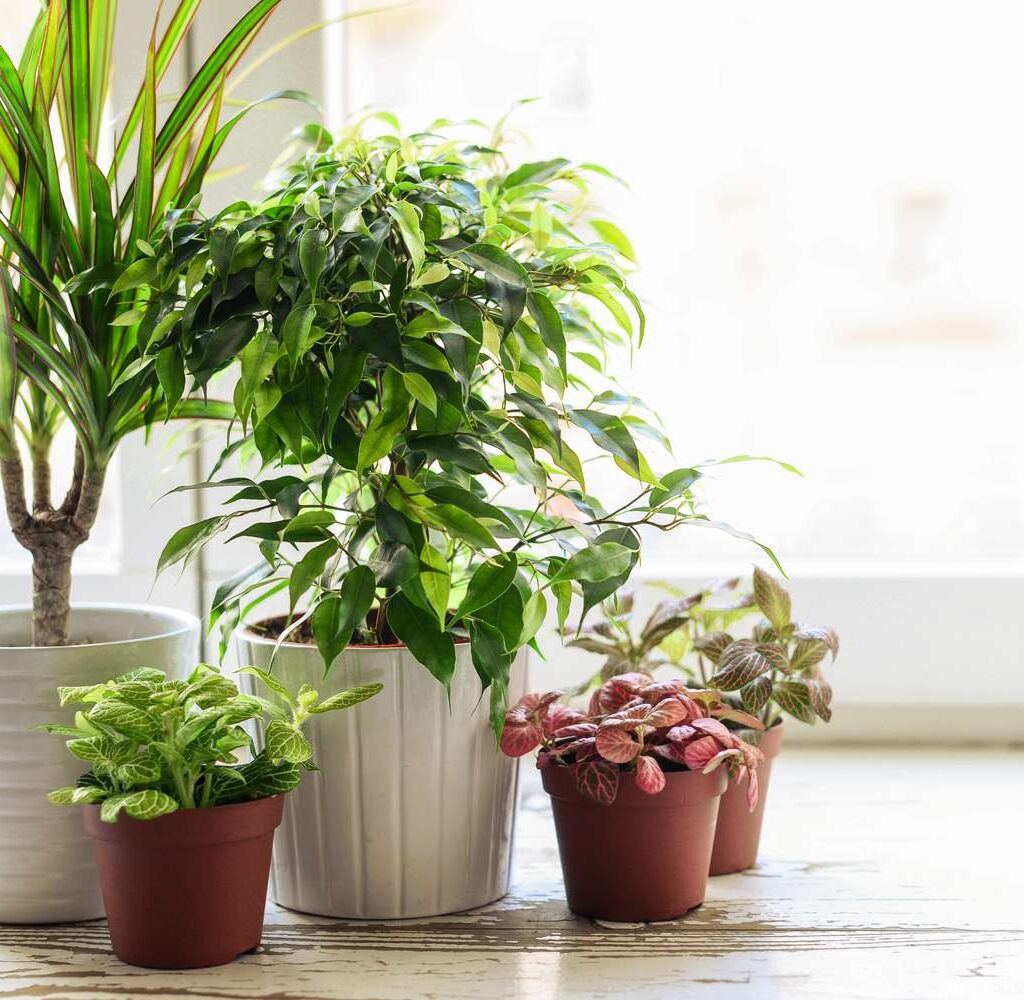
Fungus gnats (family Sciaridae) are small, flying insects that thrive in moist environments:
- Appearance: Adults are tiny, dark flies, about 1/8 inch long, often seen hovering near soil.
- Life Cycle: Females lay eggs in damp soil. Larvae feed on organic matter and plant roots for 2–3 weeks before pupating.
- Damage: Larvae can stunt growth, cause yellowing, and make plants more susceptible to disease.
Tip: Controlling gnats early prevents damage to delicate indoor plants and reduces the likelihood of infestation spreading.
Step 1: Identifying Gnat Infestation
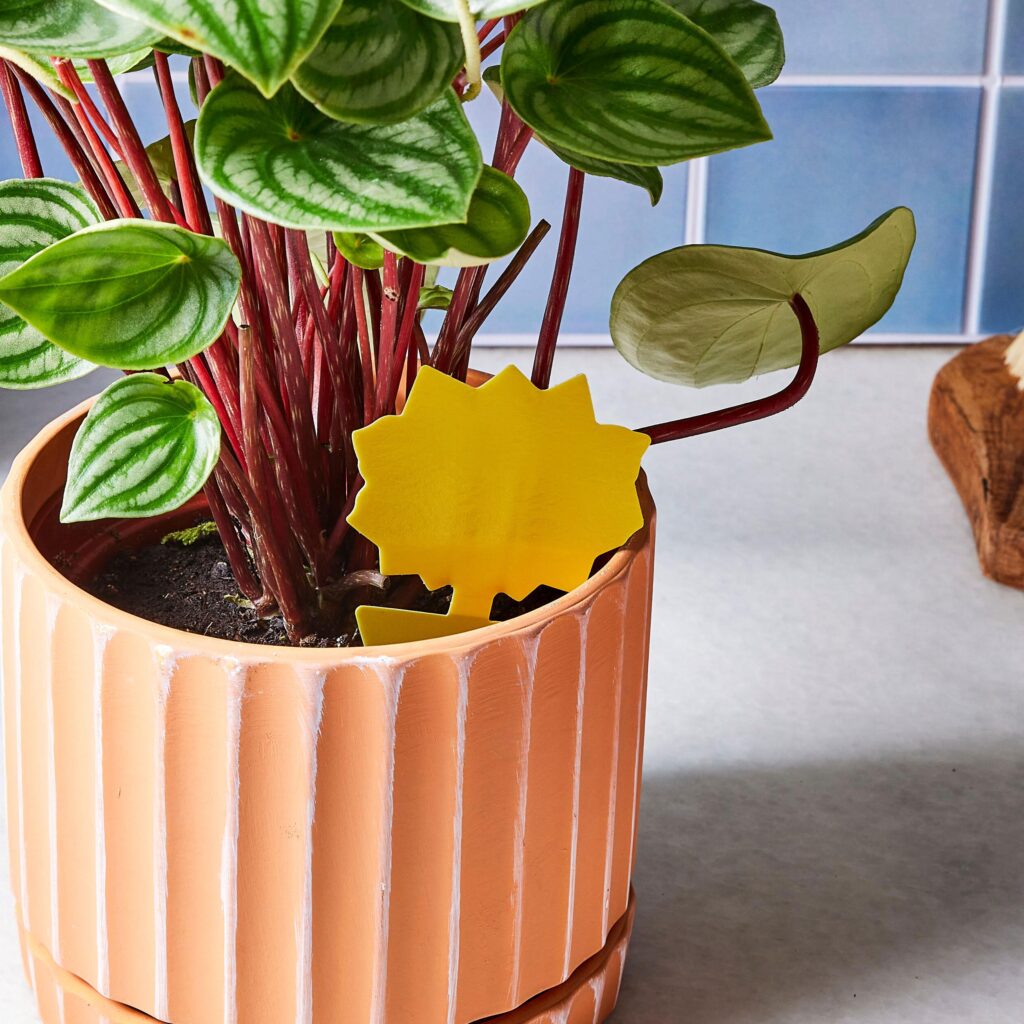
Early detection is crucial:
- Adult Flies: Small flies hovering around the soil surface or near pots.
- Larvae: Tiny, white or translucent worms in the top inch of soil.
- Plant Symptoms: Yellowing leaves, slow growth, or root damage.
- Sticky Traps: Yellow sticky traps catch adult gnats and help monitor infestation levels.
Tip: Inspect your indoor plants weekly for signs of gnats, especially during high humidity or frequent watering.
Step 2: Cultural Solutions
Cultural practices are the first line of defense against gnats:
1. Adjust Watering Practices
- Avoid overwatering, as gnats thrive in damp soil.
- Allow the top 1–2 inches of soil to dry out between watering.
- Water plants from the bottom to keep surface soil dry.
2. Improve Soil Drainage
- Use well-draining soil mixes to reduce excess moisture.
- Consider adding perlite or sand to improve aeration.
3. Remove Organic Debris
- Clear fallen leaves and dead plant material from soil surfaces.
- Avoid leaving decaying matter in pots, which serves as a breeding ground.
4. Repotting
- Repot severely infested plants with fresh, sterile soil.
- Clean the pot thoroughly before replanting.
Tip: Maintaining proper moisture and hygiene significantly reduces gnat populations without chemicals.
Step 3: Physical Control Methods
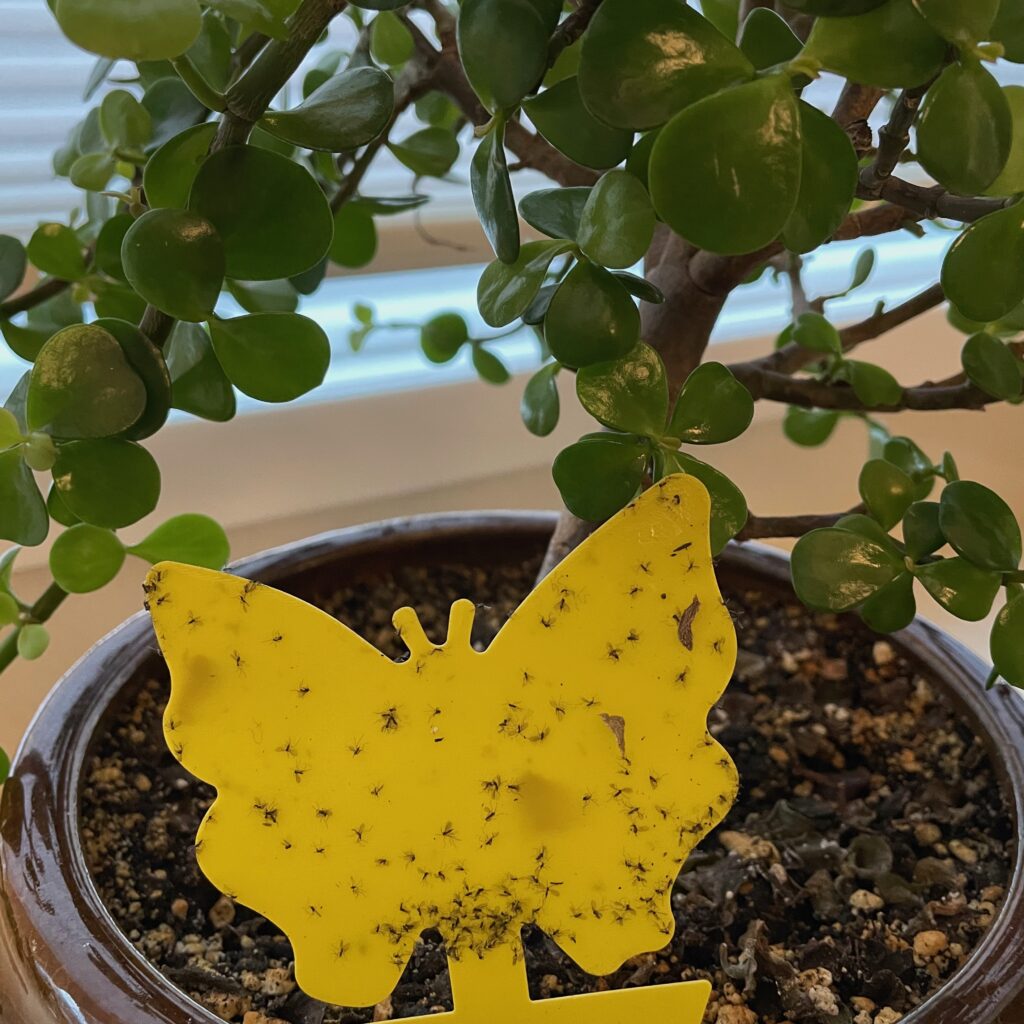
Physical measures help reduce adult gnats and larvae:
1. Sticky Traps
- Yellow sticky traps attract and capture flying adults.
- Place traps near soil surfaces and around plant areas.
2. Soil Barriers
- Cover soil with a layer of sand, gravel, or decorative stones.
- This creates a dry surface layer that prevents females from laying eggs.
3. Bottom Watering
- Reduces surface moisture and makes the environment less hospitable for egg-laying.
Tip: Combining sticky traps with soil barriers effectively controls adult gnats while preventing new larvae from developing.
Step 4: Biological Control Solutions
Biological methods target gnats without harming plants or humans:
1. Beneficial Nematodes
- Steinernema feltiae nematodes attack gnat larvae in the soil.
- Apply to moist soil according to package instructions.
2. Predatory Insects
- Hypoaspis mites or predatory beetles feed on larvae in the soil.
3. Bacillus thuringiensis israelensis (Bti)
- A naturally occurring bacterium that kills larvae when ingested.
- Safe for plants, pets, and humans.
Tip: Biological controls are especially useful for persistent infestations and for organic gardening enthusiasts.
Step 5: Natural and Home Remedies
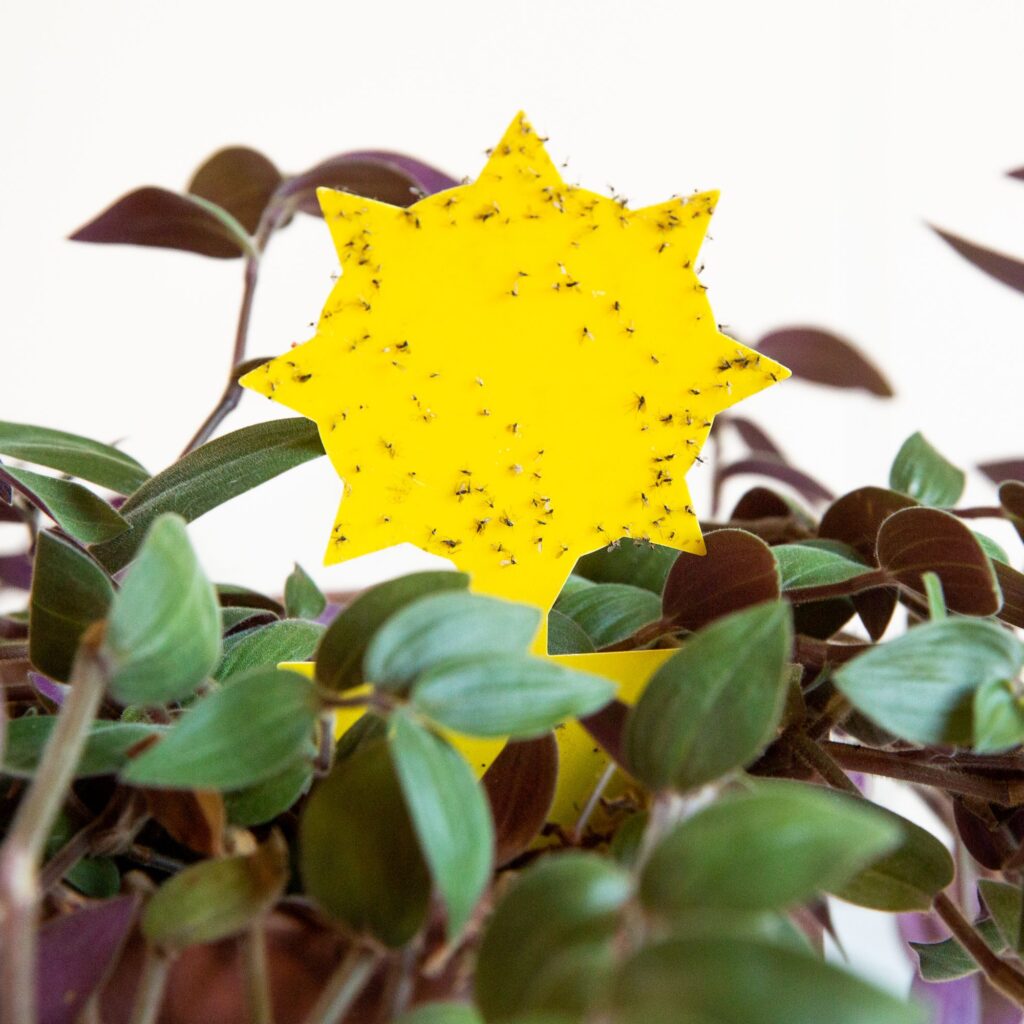
Several natural remedies help control gnats:
1. Cinnamon
- Sprinkle ground cinnamon on the soil surface; it has antifungal properties and reduces larvae.
2. Apple Cider Vinegar Traps
- Place a dish with apple cider vinegar, water, and a drop of dish soap near infested plants.
- Attracts adult gnats and traps them.
3. Hydrogen Peroxide Solution
- Mix 1 part 3% hydrogen peroxide with 4 parts water and water the soil.
- Kills larvae without harming plants when used correctly.
4. Neem Oil
- Dilute neem oil and water plants lightly to reduce larvae and deter adults.
Tip: These methods are safe, inexpensive, and environmentally friendly. Regular application is key for effectiveness.
Step 6: Chemical Control Options
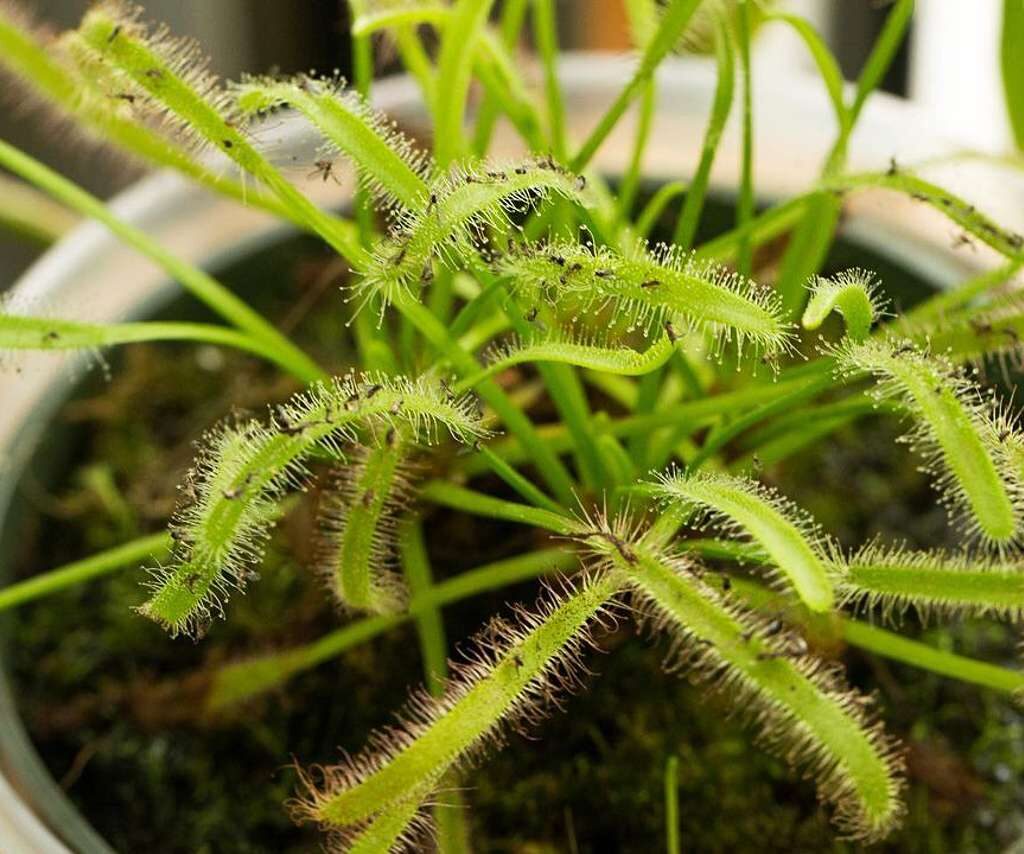
Chemical control should be a last resort, used only for severe infestations:
- Insecticidal Soaps: Effective against adult gnats.
- Systemic Soil Insecticides: Target larvae in the soil; follow label instructions carefully.
- Pyrethrin Sprays: Can reduce adult populations temporarily.
Tip: Avoid overusing chemicals indoors to prevent harm to humans, pets, and beneficial insects.
Step 7: Preventing Future Infestations
Prevention is more effective than repeated treatments:
- Proper Watering: Avoid overwatering; let soil dry slightly between watering.
- Soil Hygiene: Remove fallen leaves and organic debris regularly.
- Sterile Soil: Use fresh, sterile potting mix when repotting plants.
- Quarantine New Plants: Inspect and treat new plants before introducing them to indoor spaces.
- Air Circulation: Ensure adequate airflow to keep soil surfaces dry and reduce humidity.
Tip: Regular monitoring and proactive practices keep indoor plants healthy and gnat-free year-round.
Step 8: Companion Planting and Natural Deterrents
Some plants naturally repel gnats and can be grown alongside susceptible houseplants:
- Basil: Repels many small flying insects.
- Lavender: Strong scent deters gnats and other pests.
- Mint: Acts as a natural insect deterrent; use in pots to control gnats.
Tip: Companion planting not only enhances indoor aesthetics but also provides a natural pest barrier.
Final Thoughts
Indoor plant gnats are a common nuisance, but they can be controlled effectively with the right combination of cultural, physical, biological, and natural methods. The key to success is early detection, consistent preventive practices, and proper soil and watering management.
By following the steps outlined in this guide:
- Monitor plants regularly and identify gnats early.
- Adjust watering practices and improve soil drainage.
- Use physical barriers and sticky traps to reduce adult populations.
- Employ biological controls or safe home remedies to target larvae.
- Practice preventive measures to avoid recurring infestations.
Gardeners can maintain healthy, thriving indoor plants without relying heavily on chemical solutions. With patience, consistency, and a combination of these strategies, indoor plants can flourish, providing beauty, air purification, and fresh greenery without the annoyance of gnats.
Plant gnats may be small, but with careful management, their impact on indoor gardening can be minimized, ensuring a clean, vibrant, and pest-free indoor environment.
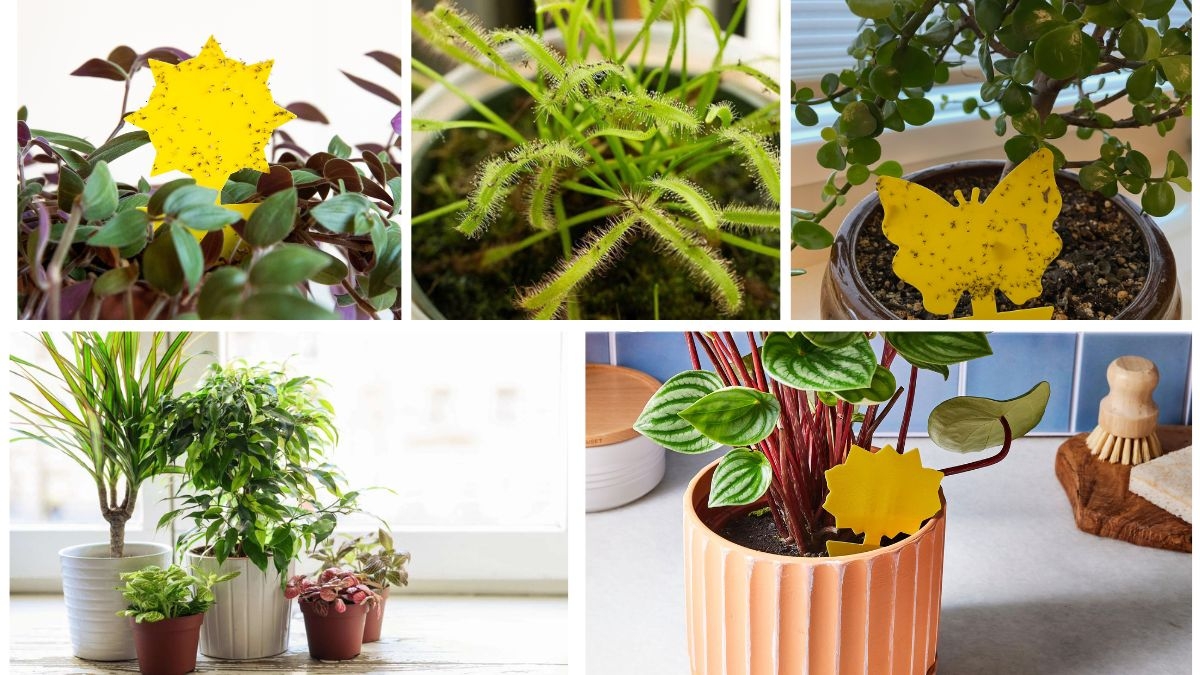

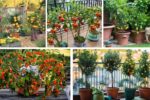



Leave A Comment